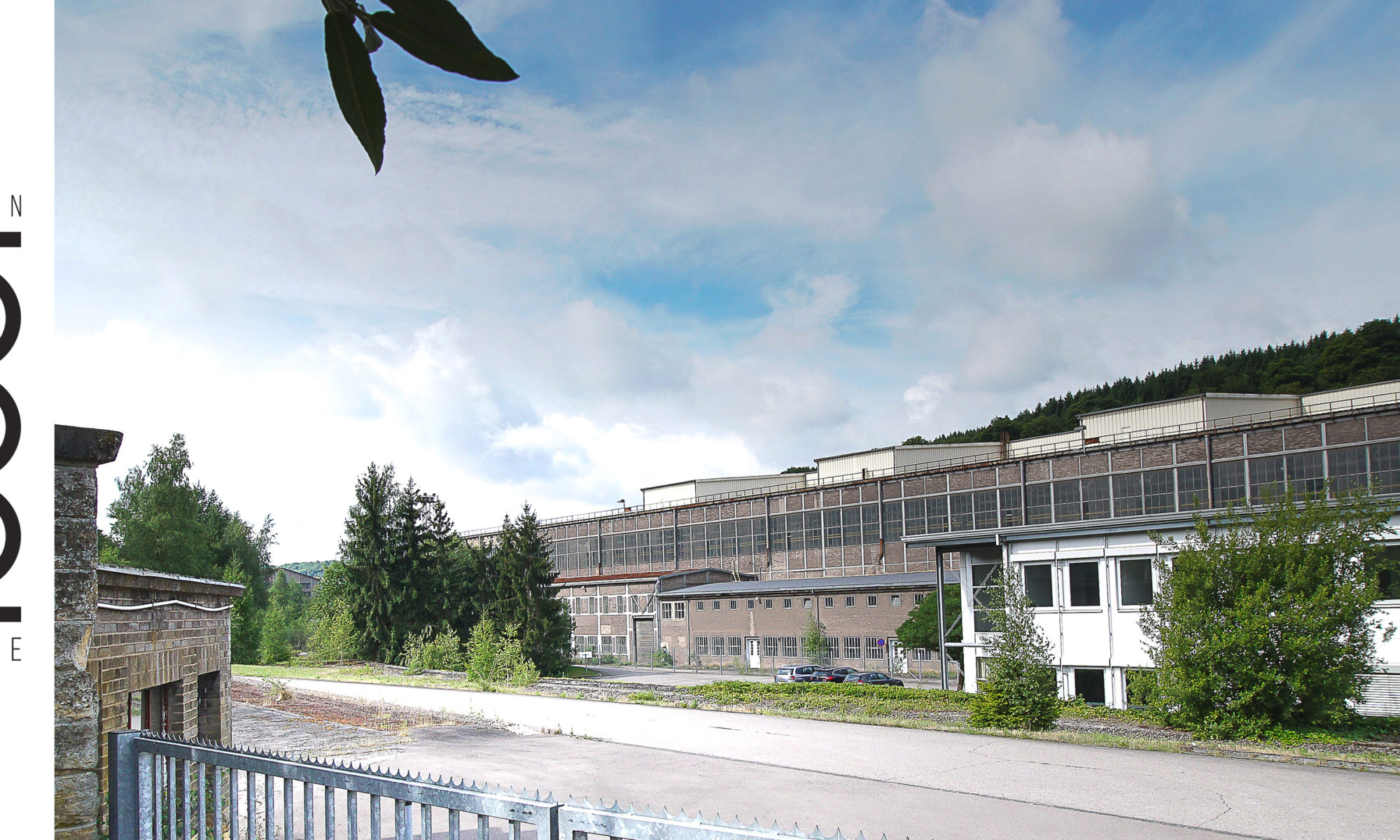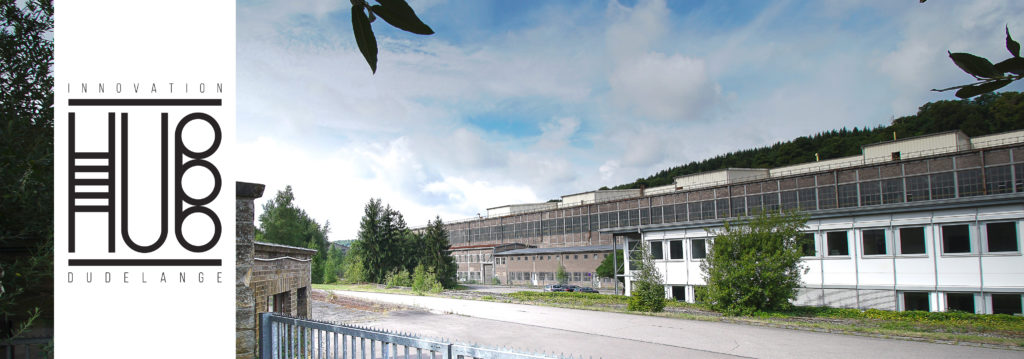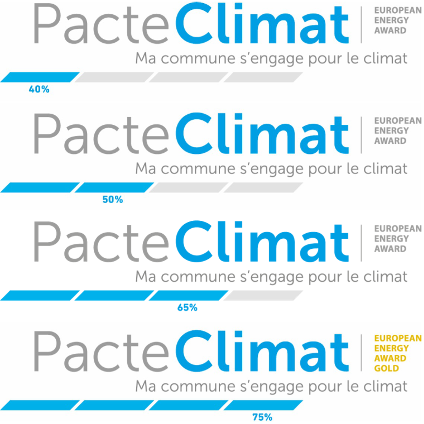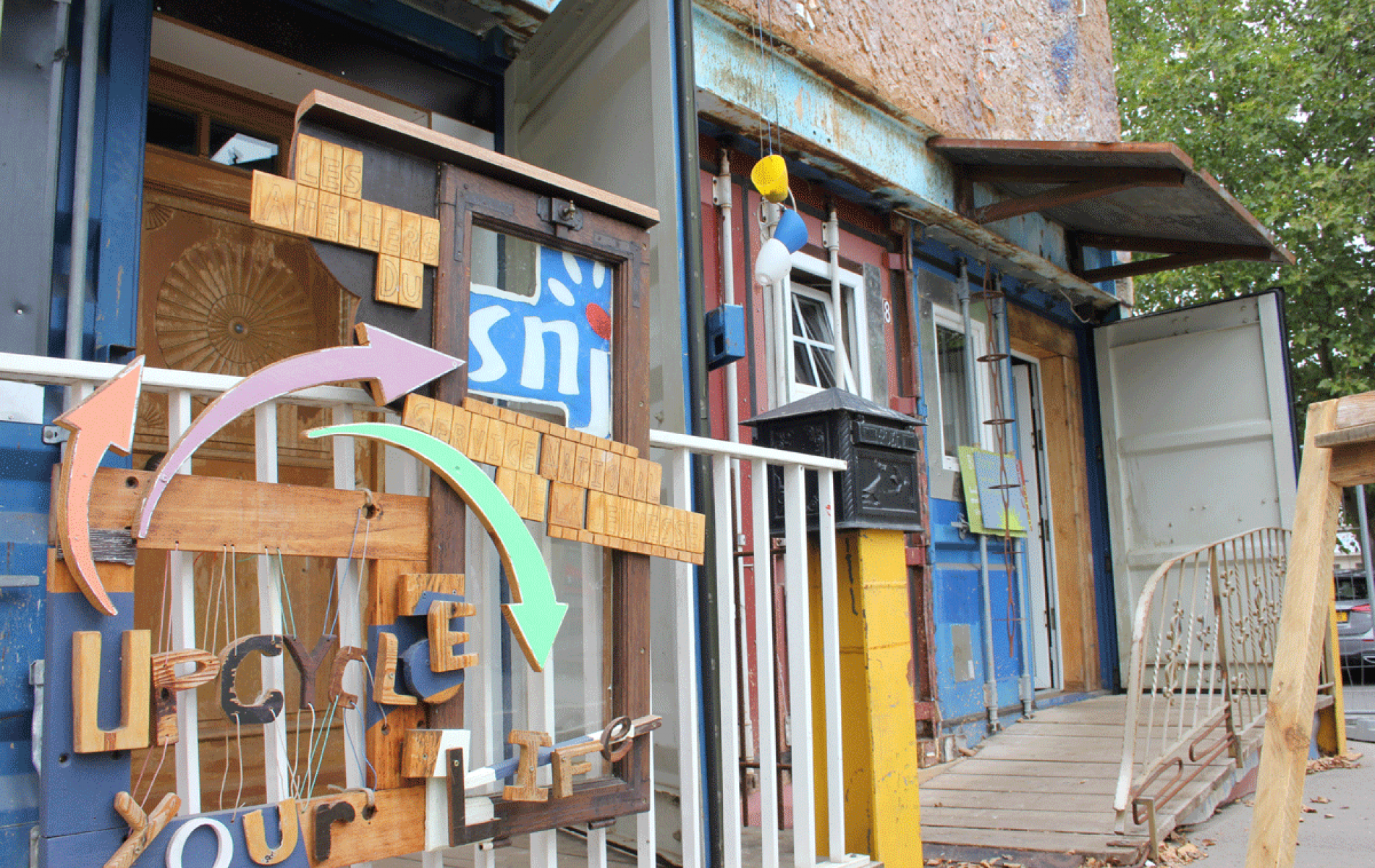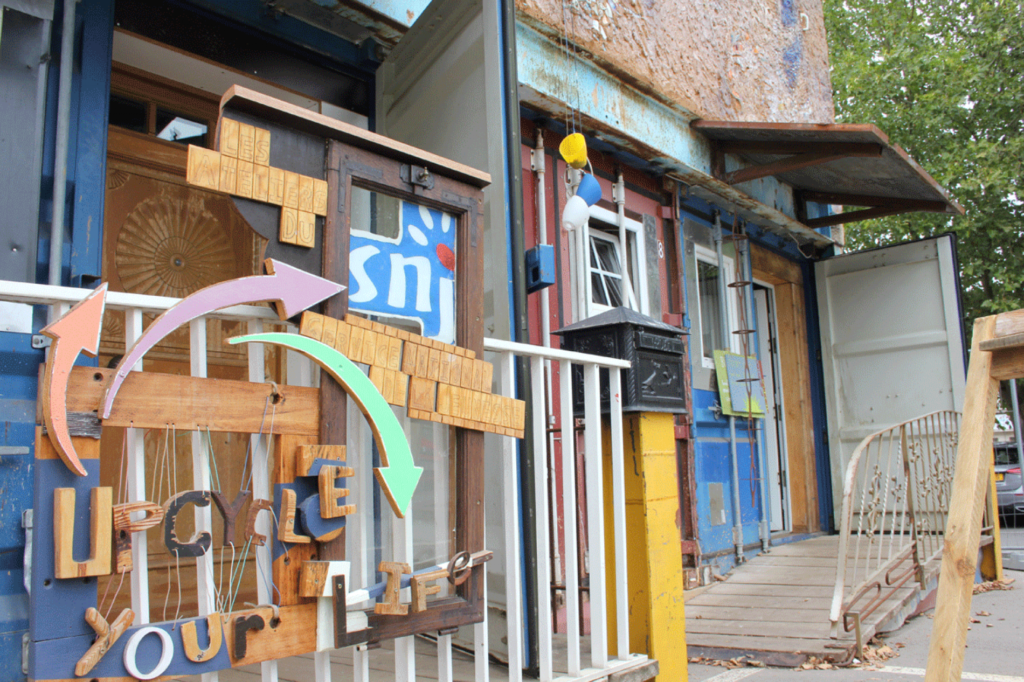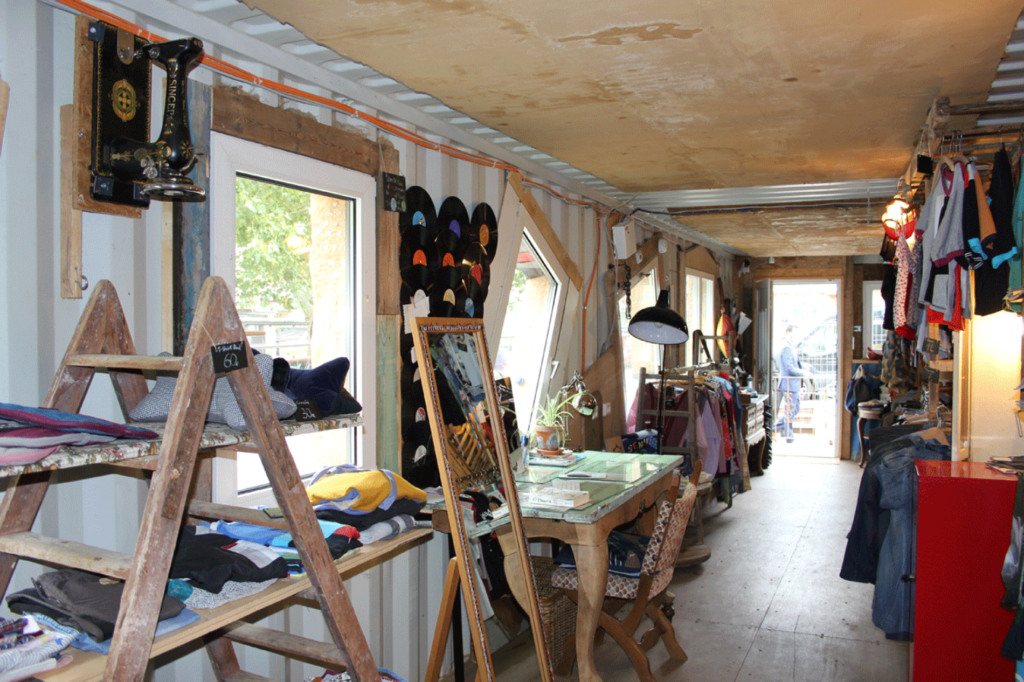The second workshop organised by the CIPU office on the 18th of October narrowed down the annual topic of multifunctionality in the city by focusing on the integration of production and crafts in the city. The participants had the chance to delve into the concept of the Productive City from the different perspectives of municipal strategy development, the technical implementation and the regulatory framework.
The event was hosted in the former fire station barracks in Luxembourg city. The afternoon began with introductory presentations by the City of Luxembourg and the Chambre of Crafts (Chambre des Métiers). These included the Schluechthaus project in Hollerich and the development of the site around the fire station barracks and the former stadium. The focus here was on the technical conversion work on the barracks and the old Schluechthaus in order to bring the buildings up to the current safety regulations for public buildings for interim use. The third presentation dealt with the survey results of the Chambre des Métiers regarding the property requirements of craft businesses in the country.

The workshop began with an introductory presentation looking back on the previous thematic workshop in June and the excursion to Brussels in August facilitated by the CIPU. The tasks of the three discussion tables were then introduced. This was followed by a phase of group work in which all participants were assigned to a discussion group, each of which dealt with different aspects of the realisation of the productive city. The results of the discussions are explained in more detail in this documentation.
The first group focused on developing a comprehensive strategy for the implementation of the “Productive City” concept in municipalities. The discussion emphasized the need for both national and municipal-level actions, with the proposed national strategy serving as a guide for municipalities, linking them through centralised elements like a registry of businesses and potential mixed-use areas, as well as a crafts agency. The strategy identified the importance of clear goals, typologies in a national register, and the establishment of cross-sector working groups and a national crafts agency to ensure a multifaceted and coordinated approach. Key actors include a National Crafts Agency, municipalities, the Ministry of the Interior, the Crafts Chamber, and Luxembourg, each playing crucial roles in coordination, financial support, local implementation, and regulatory oversight.

The second group delved into the technical implementation of the “Productive City” concept, examining two projects within the current regulatory framework. The first project focused on a productive ground floor in an urban setting, aiming to divide 2,600 m² into flexible modules for various tenants, posing challenges related to flexibility, compatibility, and efficient building planning. The second project involved repurposing historic industrial halls for productive use, facing challenges concerning compatibility with other uses, heritage preservation, and operational concepts. The group identified challenges such as stakeholder coordination, urban integration, and flexibility of building structures, proposing solutions like national-level frameworks, internal building concepts, and zoned programming to address these concerns and make these projects feasible and adaptable over time.
The third group focused on the regulatory framework, aiming to identify obstacles and problematic provisions within existing municipal regulations (PAG/PAP QE/RBVS) related to the implementation of mixed-use areas combining residential and artisanal activities. The discussion revealed that challenges extend beyond local regulations, requiring national-level interventions. Key obstacles included the PAG zones’ strong emphasis on functional separation, parking space regulations, and the absence of a national definition for artisanal activities. Proposed solutions included national-level adjustments to the Règlement Grand-Ducal, standardised parking regulations, and clear definitions for artisanal activities to facilitate local implementation. Additionally, the group advocated for enabling densification in existing activity zones, securing existing businesses, and addressing the impact of the current real estate market on the attractiveness of various functions. The need for collaborative decision-making involving municipalities was emphasised throughout the discussion.

The workshop shed light on the urban challenges of blending housing and craftsmanship, emphasising the need for collaborative and holistic solutions. Group discussions pinpointed obstacles like technical requirements for buildings, zoning restrictions and parking norms, stressing the call for centralised coordination and requirement analyses. Overall, the workshop underscored the importance of a united effort to craft practical, flexible strategies for fostering dynamic, mixed-use urban spaces.
Contact
CIPU: cipu@zeyenbaumann.lu
References
CIPU website (French and German): https://site.cipu.lu/









